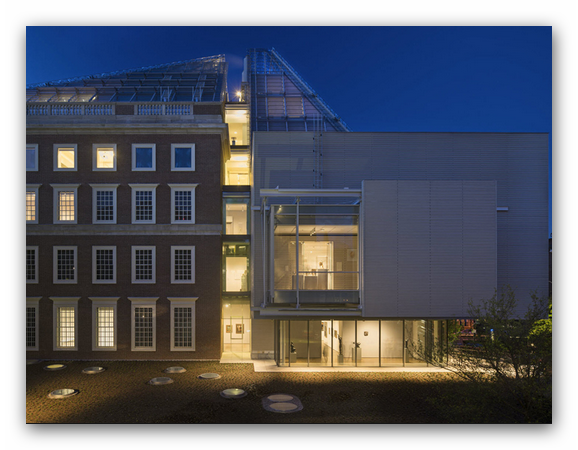Feb 8 2019 - Jul 28 2019
Cambridge, MA
The Bauhaus and Harvard — mounted in conjunction with the 100th anniversary of the founding of the Bauhaus in Weimar, Germany — presents nearly 200 works by 74 artists, drawn almost entirely from the Busch-Reisinger Museum’s extensive Bauhaus collection. Founded in 1919 and closed just 14 years later, the Bauhaus was the 20th century’s most influential school of art, architecture, and design.
Harvard University played host to the first Bauhaus exhibition in the United States in 1930, and went on to become an unofficial center for the Bauhaus in America when founding director Walter Gropius joined Harvard’s department of architecture in 1937. Today the Busch-Reisinger Museum houses the largest Bauhaus collection outside Germany, initiated and assembled through the efforts of Gropius and many former teachers and students who emigrated from Nazi Germany, including Anni and Josef Albers, Herbert Bayer, Lyonel Feininger, and László Moholy-Nagy.
The exhibition features rarely seen student exercises, iconic design objects, photography, textiles, typography, paintings, and archival materials. It explores the school’s pioneering approach to art education, the ways its workshops sought to revolutionize the experience of everyday life, the widespread influence of Bauhaus instruction in America, and Harvard’s own Graduate Center (1950), the first modernist building complex on campus, designed by Gropius’s firm The Architects Collaborative. A complementary exhibition installed in an adjacent gallery — Hans Arp's Constellations II — features one of the site-specific works commissioned for the Graduate Center.
Credit: Exhibition overview from museum website.
Apartment House Communal Rooms for Werkbund Exhibition, Paris, 1930: Interior perspective, bar
Exhibition Venues & Dates
Feb 8 2019 - Jul 28 2019
Cambridge, MA

